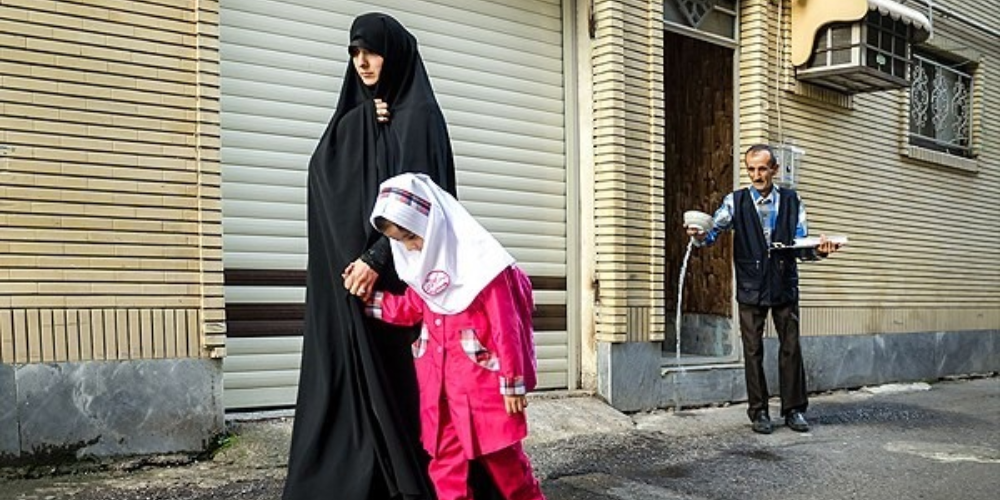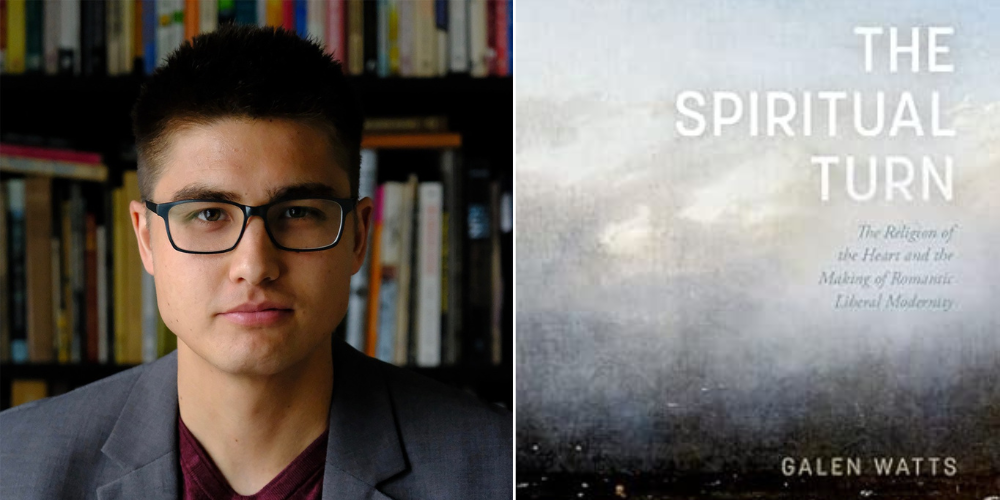Mental health care is undergoing a quiet but powerful shift. It's no longer just about symptoms and diagnoses. Now, more than ever, practitioners are asking: what if a person’s spiritual beliefs could help them heal?
Across the globe, mental health professionals are incorporating spirituality into therapy sessions—and the results are turning heads.
Backed by a $3.57 million grant from the John Templeton Foundation in 2017, a groundbreaking project set out to explore how integrating spiritual values, traditions, and practices from different faiths might enhance psychotherapy.
This wasn’t just theory. The initiative spanned over eight countries and involved more than 60 mental health centers. Researchers, clinicians, and clergy collaborated across cultures and beliefs to examine real therapy sessions and real outcomes.
A Data-Driven Look at Spiritually Integrated Therapy

Freepik | Spiritual discussions in therapy often lead to remarkable emotional and spiritual client benefits.
This wasn’t anecdotal. With more than 32,000 therapy sessions and nearly 9,000 unique clients, the project created the largest known dataset on spiritually integrated mental health care. The numbers revealed a clear trend: when therapists included spiritual discussions or practices, many clients experienced meaningful shifts—not just emotionally, but spiritually as well.
Key questions the research addressed:
Which spiritual tools do therapists actually use?
How often are these tools applied during therapy?
Do these methods help people heal faster or more deeply?
Across sessions, therapists didn’t just toss in vague spiritual references. They engaged in meaningful practices—asking clients about faith struggles, affirming their spiritual worth, or encouraging reflection on compassion and hope.
These interventions typically fell into four main categories:
1. Basic therapeutic skills with a spiritual lens
2. Guided spiritual practices
3. Conversations about virtues like gratitude and forgiveness
4. Support for navigating relationships with God or a higher power
One interesting takeaway: spiritual discussions were used in 20% to 40% of sessions. And over 90% of clients actively participated when spiritual components were introduced.
The Role of Spirituality in Reducing Distress

Freepik | Spiritual strategies predicted better recovery, particularly when emotional and spiritual turmoil were both addressed.
Psychological relief isn’t just about managing symptoms—it’s also about finding deeper meaning. This project found that clients showed significant reductions in distress, especially within the first month of treatment. But the outcomes weren’t uniform. People who were grappling with doubts about their faith or had unresolved spiritual pain tended to improve more slowly.
The data showed that specific spiritual strategies, like discussing self-control, exploring divine love, or conducting a spiritual assessment, often predicted better recovery outcomes. Those struggling with both emotional and spiritual turmoil benefitted most when their sessions honored both.
A standout finding came from the 2024 publication in the Journal of Counseling Psychology. It reinforced the idea that spiritual dialogue—when used thoughtfully and respectfully—doesn’t just “feel good.” It produces measurable change.
Recognizing the Human Side of Healing
Therapy is evolving, but not away from science. It's evolving toward people—who they really are. And for many, spirituality is a huge part of that identity.
Ignoring a client’s spiritual background risks leaving an important piece of their story untouched. But with the right training, therapists can engage with this part of a client’s life in ways that are respectful, culturally aware, and genuinely helpful.
This isn’t about preaching or promoting any belief. It’s about recognizing that for a lot of people, healing is more than a clinical process—it’s also about soul, purpose, and values.
Spirituality has long shaped how people find meaning in pain, make sense of suffering, and seek inner peace. Now, modern therapy is finally catching up to that truth. With a growing body of evidence and a fresh willingness from mental health professionals to include spiritual dimensions in care, a more holistic kind of healing is taking root.
Mental health care isn’t just turning inward—it’s also reaching upward. And for many, that’s exactly what’s been missing.










